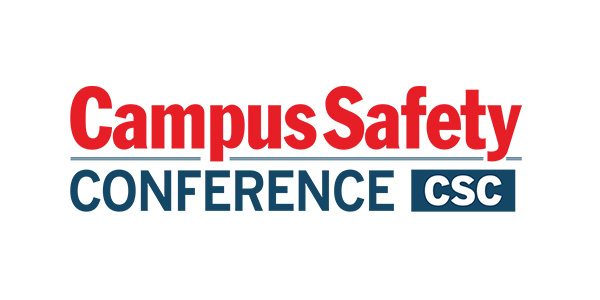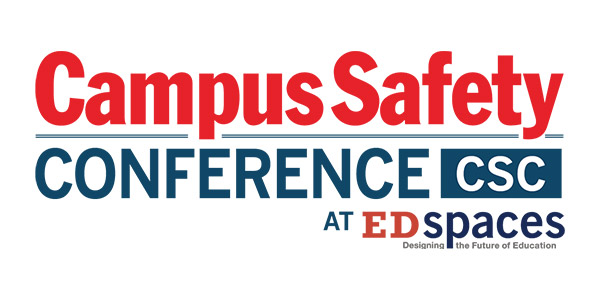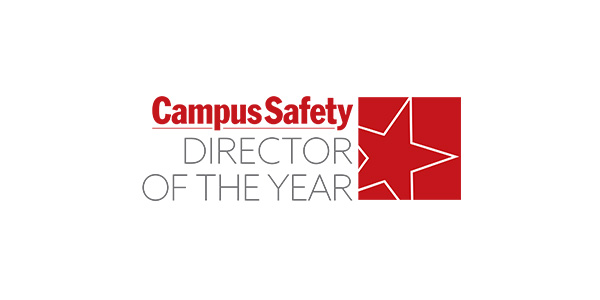On April 19, 2024, the U.S. Department of Education released the unofficial version of the final revisions to the Title IX of the Education Amendments of 1972 (Title IX) regulations, several months ahead of the late summer 2024 anticipated release date.
These regulations will be published in the Federal Register on April 29, 2024, and will take effect on August 1, 2024, applying to complaints of sex discrimination and harassment involving alleged conduct that occurs on or after that date.
The revised regulations largely track those proposed way back in June of 2022 and alter how colleges and universities that receive federal funding must respond to reports of sex discrimination and harassment. The most significant changes to the regulations are described below.
Title IX Revision 1: Expanded Definitions and Protections
Through numerous expanded definitions and scope clarifications, the revised regulations operate to bring additional conduct and incidents within a college or university’s Title IX purview.
Among the key changes:
- The definition of “sex discrimination” has been expanded to expressly include discrimination based on sex stereotypes, sex characteristics, sexual orientation, gender identity, and pregnancy or related conditions. Colleges and universities must protect students, employees, and applicants from pregnancy-related discrimination, including by providing reasonable modifications for students based on pregnancy or related conditions, allowing reasonable break time for lactating employees, and providing access to a clean, private lactation space for students and employees.
- Likewise, the definition of sex-based harassment has been expanded to include unwelcome sex-based conduct that is so severe or pervasive that it results in a limitation or denial of a person’s ability to participate in or benefit from the college or university’s education program or activity. The regulations previously prohibited only unwelcome sex-based conduct that was “so severe, pervasive, and objectively offensive that it effectively denie[d] a person equal access to the recipient’s education program or activity.”
- The regulations have also redefined the geographical scope of Title IX. Colleges and universities will soon be required to address all complaints of sex discrimination occurring under their education program or activity, including (but not limited to):
- Conduct that occurs in a building owned or controlled by a student organization that is officially recognized by the college or university;
- Conduct that is subject to the college or university’s disciplinary authority; and
- Conduct that creates a sex-based hostile environment within an education program or activity, even if some of the conduct occurred outside of the college or university’s education program or activity or outside the United States.
- What’s more, the definition of a complainant has been expanded to allow former students to file Title IX complaints.
- Colleges and universities must respond to sexual harassment when they have knowledge of conduct that “reasonably may constitute sex discrimination,” where they previously had to respond when they had “actual knowledge” of sex discrimination—and only in a manner that was not “deliberately indifferent.” Further, colleges and universities must protect students from “peer retaliation” by other students.
Title IX Revision 2: Optional Administrative Procedures
In addition to the foregoing expanded definitions and scope, the new Title IX regulations generally afford more flexibility to colleges and universities regarding the investigation and resolution of Title IX complaints, as reflected in the following changes:
- Colleges and universities may once again employ a single-investigator model, provided it is clear in their grievance procedures when this model will be utilized. If selected, the single-investigator model must include certain due process protections, including a process for assessing credibility through questioning by the decisionmaker.
- A live, court-like Title IX hearing is no longer required (but is permitted).
- Colleges and universities may offer informal resolution even if a formal complaint alleging sexual harassment has not been filed. Further, this option may now be offered by a college or university for sex discrimination complaints involving allegations that an employee engaged in sex-based harassment of a student unless such a process would conflict with Federal, State, or local law.
- The “mandatory dismissal” provisions no longer apply. Instead, colleges and universities may (but are not required to) dismiss a Title IX complaint for any of the following four reasons:
- The college or university is unable to identify the respondent;
- The respondent is not participating in the college or university’s education program or activity and is not employed by the college or university;
- The complainant voluntarily withdraws any or all of the allegations, the Title IX Coordinator declines to initiate a complaint, and the college or university determines that, without the complainant’s withdrawal, the remaining allegations would not constitute Title IX sex discrimination even if proven; or
- The alleged conduct, even if proven, would not constitute Title IX sex discrimination.
Next Steps for Colleges and Universities
Colleges and Universities should act now to ensure that their Title IX policy and procedures are reviewed, appropriately updated, and published by the August 1, 2024 deadline, and that staff are properly trained to ensure compliance. The Department of Education has shared a resource to assist educational institutions in drafting updated policies.
In addition to undertaking these compliance measures, colleges and universities should identify core team members to develop a communications plan regarding the rollout of updated policies and procedures and be prepared to answer questions regarding what has changed from members of the campus community.
Lindsey Davis, partner at Quarles & Brady, advises and assists educational institutions on a full range of legal and regulatory issues, including compliance with various federal and state laws, policy and procedure reviews, student conduct issues and strategic defense of discrimination claims. In addition, Lindsey represents employers from a variety of industries on a broad range of labor and employment issues. Lindsey’s practice includes employment law counseling and regulatory compliance, leave and accommodation law counseling, internal investigations of employee misconduct, and strategic defense of labor and employment disputes.
Brenna Wildt, associate at Quarles & Brady, advises employers and human resources professionals across a wide range of industries on an array of labor and employment issues. Her counsel covers Title VII of the Civil Rights Act of 1964, the Fair Labor Standards Act, the Family and Medical Leave Act, the Americans with Disabilities Act and other federal, state and local fair employment and anti-discrimination issues. Brenna also guides educational institutions on a wide array of legal and regulatory issues, including conducting policy and procedure reviews and training and providing advice and counseling with regarding to Title IX investigations.
Michelle Lewis, associate at Quarles & Brady, counsels on employment law compliance, policy development, diversity initiatives and labor relations. She has in-depth experience developing policies on the prevention of harassment and discrimination in work and learning environments, in addition to conducting small and large-scale employment investigations. Prior to practicing law, Michelle served as an HR director for a major nonprofit organization as well as a senior university administrator with direct oversight of employment law compliance.
NOTE: The views expressed by guest bloggers and contributors are those of the authors and do not necessarily represent the views of, and should not be attributed to Campus Safety.













